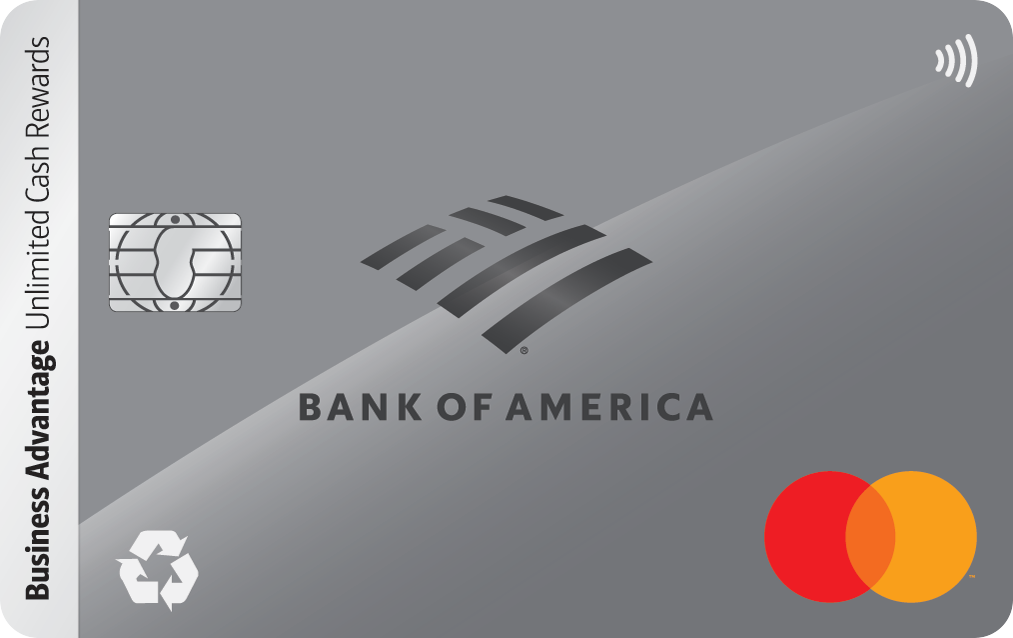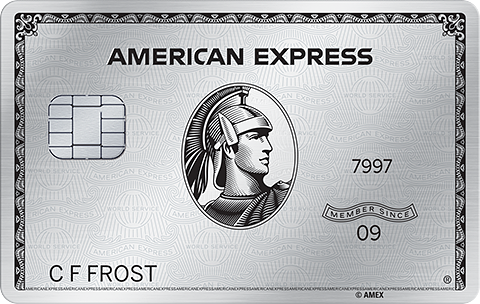The IRS Just Announced the 2026 Tax Brackets, Here's What's Changing Under the 'One Big, Beautiful Bill'

Image source: Getty Images
The IRS just released its 2026 inflation adjustments, and this information will shape everything from your paycheck to your refund next year. The new numbers, the first full update under the One Big, Beautiful Bill (OBBB), include higher standard deductions, wider tax brackets, and bigger credits for families and employers.
These changes apply to income earned in 2026 and filed in 2027.
Higher standard deductions for everyone
The standard deduction -- the amount most taxpayers can subtract from income without itemizing -- is rising again. For 2026:
- $32,200 for married couples filing jointly
- $16,100 for single filers and married filing separately
- $24,150 for heads of household
That's up slightly from 2025, meaning more of your income will stay untaxed. Since about 90% of filers take the standard deduction, nearly everyone will feel this one.
Brackets widen, rates hold steady
The top tax rate of 37% isn't going anywhere, but the income thresholds are shifting higher. The 37% bracket won't kick in until $640,600 for single filers and $768,700 for married couples.
Every bracket below that moves up too, meaning more income will fall into lower-rate categories. It's a subtle form of tax relief that helps offset inflation, even if the headline rates stay the same.
Family and business credits see major upgrades
A few standout changes could have bigger ripple effects:
- Estate tax exclusion: Now $15 million, up from $13.99 million.
- Adoption credit: Increases to $17,670, with up to $5,120 refundable.
- Employer childcare credit: Expands sharply to $500,000 per employer, or $600,000 for small businesses.
That last one could make a real difference if more companies decide to offer the childcare benefits that many working parents have been asking for.
Everyday expenses get modest boosts
A handful of smaller updates also help families keep pace with higher costs:
- Commuter and parking benefits: Up to $340 per month.
- Health FSAs: Contribution limit now $3,400, with a $680 carryover.
- Medical savings accounts: Slightly higher deductible and out-of-pocket limits.
- Foreign income exclusion: Rises to $132,900.
- Annual gift exclusion: Unchanged at $19,000.
These may sound small, but for anyone who uses an FSA or commutes to work, those extra few dollars add up across the year.
If you're looking to offset higher costs or make the most of everyday spending, consider switching to a cash back or rewards credit card that matches your routine. Some of the best options right now offer 5% back on groceries, gas, and even Amazon purchases.
What's staying the same
Some parts of the tax code are officially locked in:
- Personal exemptions remain eliminated permanently under OBBB.
- Itemized deduction limits stay gone, though the highest earners still face caps on total benefits.
Why this update matters now
Even though these rules apply to 2026 income, you don't have to wait to act. Adjusting your paycheck withholding, FSA contributions, and tax planning now can keep you ahead of next year's changes.
If you're adjusting your finances for 2026, this is the perfect time to make your cash work harder. The best high-yield savings accounts right now are still paying over 4.00% APY -- check today's top rates before they start to drop.
Our Research Expert



